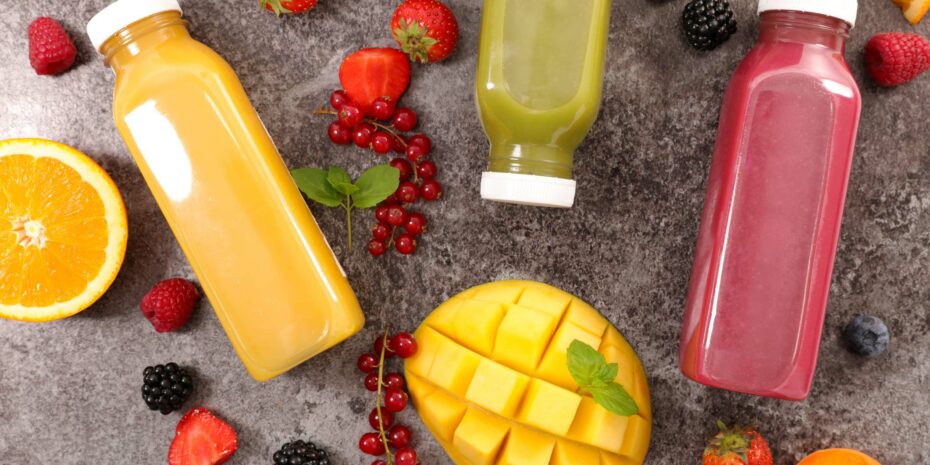
While many people consider fruit juice part of a healthy diet, research using 45 and Up Study data has linked regular intake of juice with higher mortality rates for older women with cardiovascular disease (CVD).
New research from the University of New South Wales has found that over a 13-year period, women with CVD who had a glass or more of juice a day had a 26% greater chance of dying compared with women with CVD who have less than a glass a day.
Even when women eat plenty of whole fruit – two or more serves a day – along with higher amounts of fruit juice, they have an 18% higher risk of dying compared with women who consume plenty of fruit but a lower amount of juice.
“The clear finding is that when it comes to fruit juice, portion size matters,” says lead author Dr Luna Xu. “Even if we have adequate amounts of fruit along with a lot of juice, that doesn’t protect us.”
The research, published in the Journal of the American Heart Association, analysed data from 18,000 men and women in the 45 and Up Study between 2005 and 2018. These participants had a mean age of 68, had an existing diagnosis of CVD and had reported their diet at least once during that time.
“The 45 and Up Study is so valuable to research like this because participants are followed over time, so we can check on the consequences of behaviour,” says Dr Xu, who has previously used 45 and Up Study data for several studies into diet and health outcomes, including memory loss, frailty and CVD.
Researchers used survey responses and linked data to patient care records to determine a CVD diagnosis, then analysed mortality rates within the 18,000 people, comparing self-reported consumption levels of both fruit juice and fruit.
They found that women with a high fruit juice intake plus inadequate fruit intake had a 43% greater risk for death in the study time period, compared with those with adequate fruit intake and low fruit juice intake.
A similar link between fruit juice consumption and mortality rates was also seen in men, but only in those with long-term fruit juice intake.
“More investigation is needed into this difference, but there is already a lot of research showing that men and women have different dietary behaviour, leading to different health outcomes,” says Dr Xu.
A population-based study like this one can’t investigate the biological mechanisms between juice and mortality rates, but that could be revealed with targeted research, says Dr Xu. “The mechanism behind it isn’t clear yet. One current theory is that because fruit juice is low in insoluble fibre, there’s not a delay in the absorption of sugars that you’d get when eating whole fruit. So too much juice will have a negative health impact.”
Current dietary guidelines in Australia recommend “occasional” consumption of fruit juice, defining a serve as 125 ml of juice. The guidelines are currently under review, with $1.75 million allocated to development of guidelines for Australians aged 65+ years.
The 45 and Up Study is one of the largest ongoing studies into health and wellbeing in the world, with more than 250,000 Australian participants followed since 2005. New data from the latest major survey will be available to researchers in 2024.
Dr Luna Xu’s research is supported by a Heart Foundation Postdoctoral Fellowship funded by the National Heart Foundation of Australia (award number 102597) and Scientia Program at the University of New South Wales.





